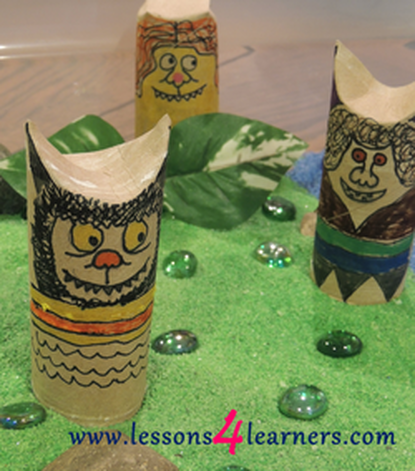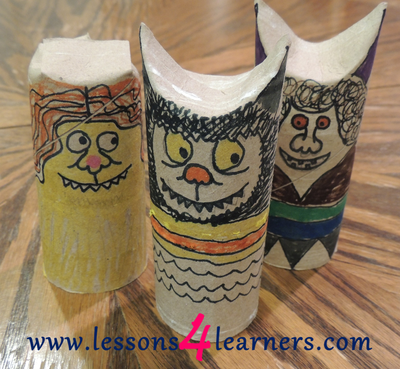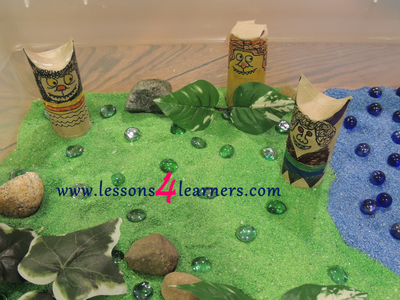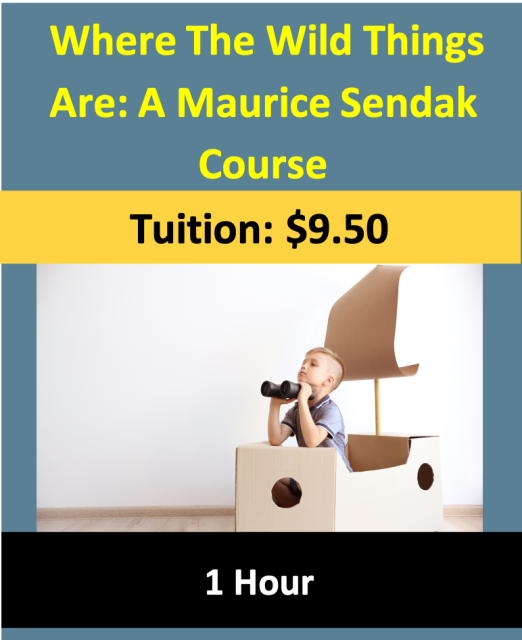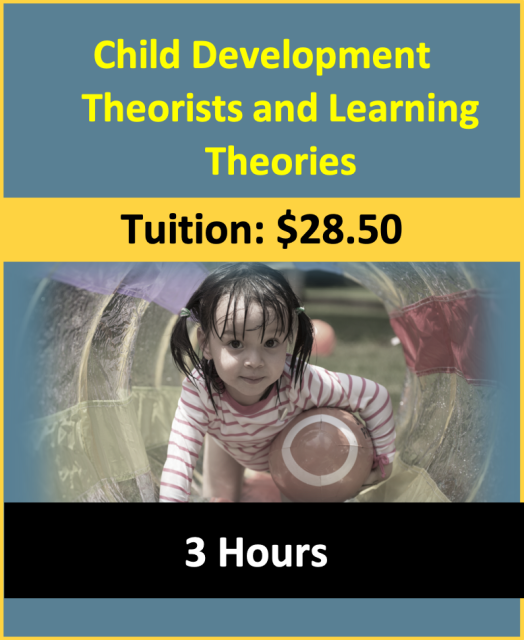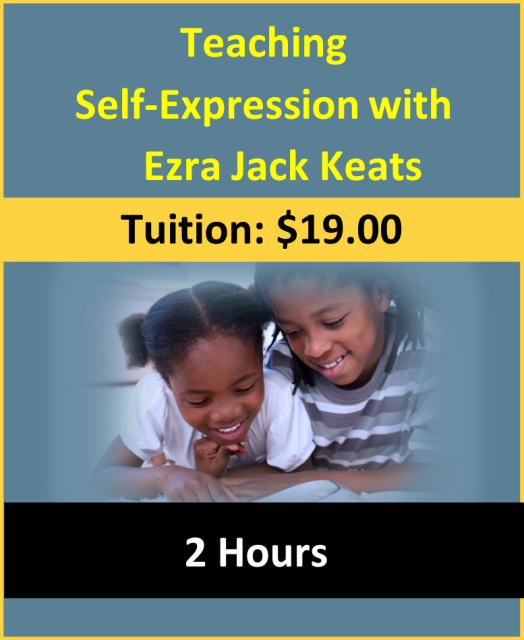Where the Wild Things Are Small World
Lesson Plan:Activity:
Where the Wild Things Are Small World
Lesson plan developed by Aurora Tollestrup, BS Ed.
Age Group:
* Lesson plan objective and assessment can be adapted to use this activity with toddlers, or school-age children.
|
|
Click on the photos to enlarge.
|
Objectives:
Children will:
|
|
Procedure:
|
|
Assessment:
- Were the children able to retell some of the major elements from the story? Were they able to recall facts and names from the story?
Click on the course icon for enrollment information.
Author: Maurice Sendak
In the 1950s, Sendak illustrated nearly 50 children’s books in his own unique style. Where other illustrators focused on bringing imagery to the words of children’s literature pieces, Sendak believed that illustrations should also expand the reader’s vision of the book and grow their imagination further. His style of illustration was often surreal and even a bit odd, but somehow he was able to tap into the psyche of children and know that they would accept the illustrations and look past their flaws and oddities.
|
In 1963 his most famous book Where the Wild Things Are was published which took the children’s literature world by storm. Sendak both wrote and illustrated the book which became an instant classic. The tale of a boy who is punished by his mother and embarks on a vivid imaginative journey to where the wild things are combined fantasy with remarkable illustrations that allows a child’s mind to soar.
|
President Bill Clinton hailed Maurice Sendak as the “King of Dreams” for his profound effect on children’s literature through words and illustrations. Throughout many decades and up until his death in 2012 he illustrated and wrote children’s books, even releasing Bumble-Ardy in 2011.
